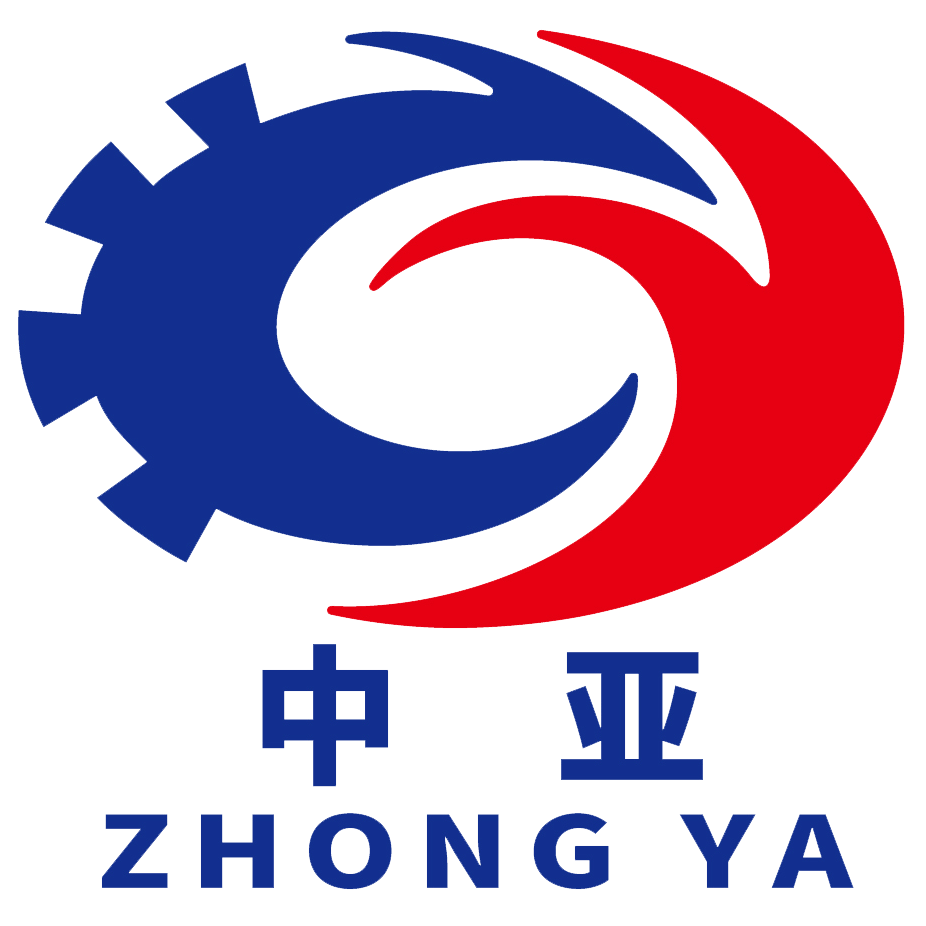The common printer has come a long way since those
by:Zhongya Packaging
2020-08-10
Can you imagine putting up with such speeds from the present day models, they would be returned to the shop instantly with a demand for a full refund! However, like anything there has to be a starting point and to be fair those early designs were aimed at replacing the text-only daisy wheel impact printers. Within 12 months there were advancements made that permitted what were referred to a soft fonts to be introduced to the printing facilities. As time progressed the printers were developed for the personal use and they became smaller, output more than doubled and more importantly cost continued to fall.
Resolution Enhancement came in the following decade which improved the quality of print substantially which had the effect of dramatically changing the word processing software market. By the mid 1990's colour lasers, true-type fonts, 8MB memories, 600+ outputs, and 1000+ sheet paper trays had arrived and were common place, but it was the development of the all-in-one models that changed the perception of the printer for the better shortly before the new millennium. These wonderful multi-function devices could not only print, but also scan, copy and even fax from just one single appliance. Prices continued to tumble whilst monthly page cycles grew greatly increasing productivity.
Today most inkjet printers use a thermal ink with a heating element containing a metal plate or resistor inside each reservoir. This allows a tiny current to flow in response to a signal that the printer gives out and this brings about instant warming and in a highly technical procedure an ink droplet is released from the nozzle of a cartridge and onto the paper, all in a matter of a micro millisecond. The ink actually acts as a cooler to stop over heating, therefore it becomes apparent that changing the cartridges is fundamental to the maintenance and smooth running of the machine because if the ink dries up then the heating element can burn-out permanently damaging the print head.
The noise levels have reduced over time to such an extent that in comparison they are practically silent. They are ready to operate in an instant and the great advantage is that the cartridges do not have to be brand new each time they run low. Compatible or remanufactured versions are just as good and a lot less expensive. The printer has come a long way in a relatively short period of time and as technology improves at such rapid rate, the chances are further developments are just around the corner.
Custom message

 + 86-0756 386 7226
+ 86-0756 386 7226  a
a
































